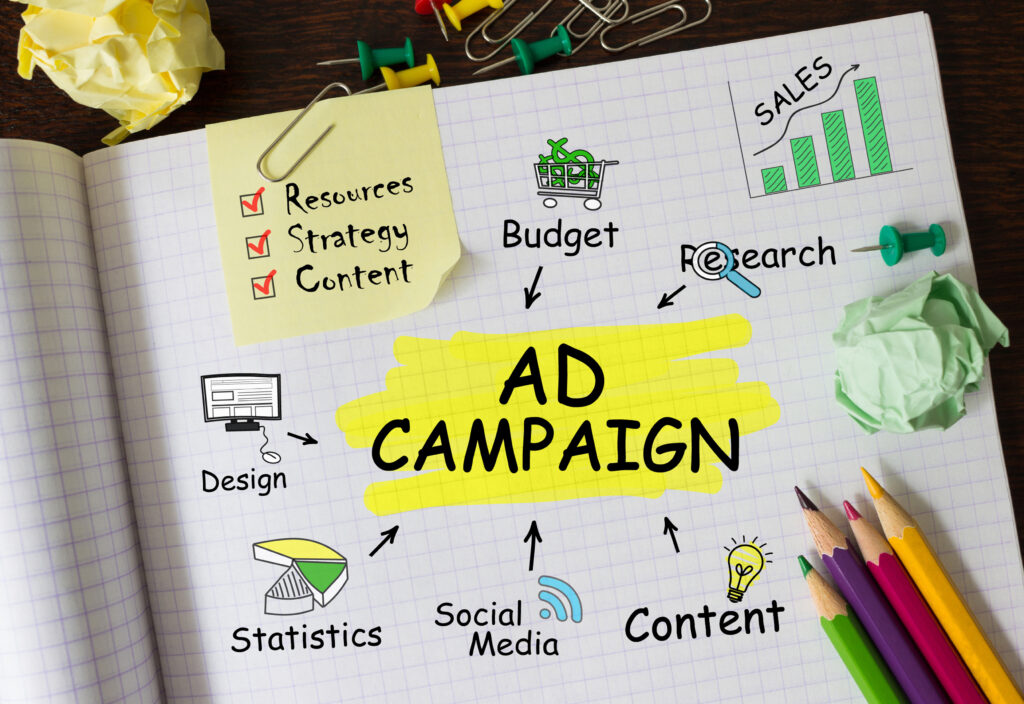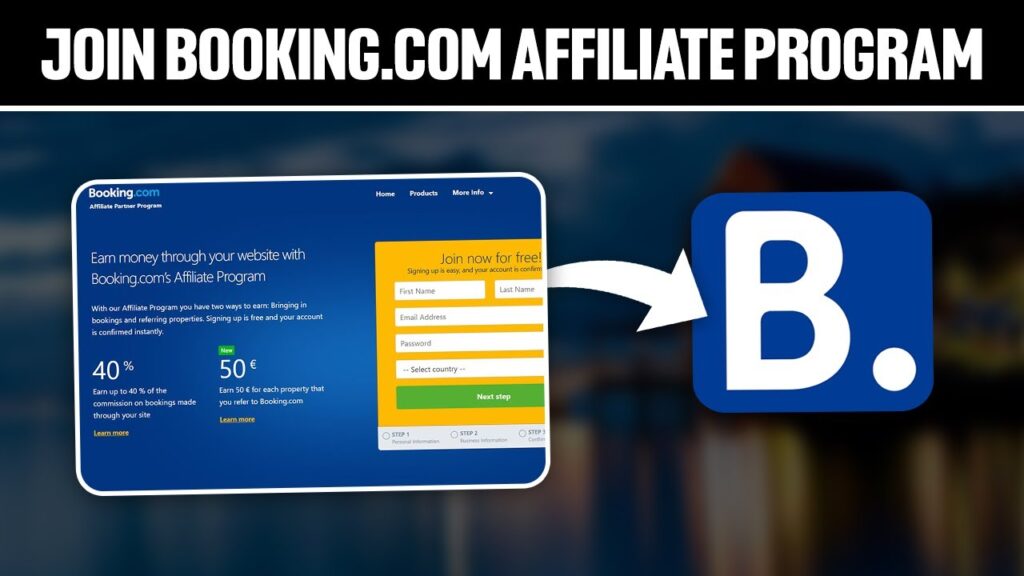Online advertising is designed to be accessible across the web and optimized for viewing on desktops, tablets, and mobile devices. One of the most common and recognizable spaces for online ads is social media platforms, where both content-based and video advertisements are widely used. As noted in Chapter 19, “The main objectives of online advertising are to increase sales, improve brand awareness, engage customers, and raise share of voice in the marketplace.” Affiliate marketing is a form of third-party advertising that operates on a performance-based model. In this strategy, affiliates earn commissions by promoting specific products, services, or websites (D Solomons, 2022). According to Chapter 12, “Affiliate marketing can be used to promote any type of website—there just needs to be an agreed-upon action resulting in an affiliate earning commission” (Marketing).

Online Marketing
Online marketing offers expanded opportunities for brands to build awareness and establish a strong foundation. Frequent exposure across multiple platforms enhances brand recall and familiarity, increasing the likelihood that consumers will choose that brand when making a purchase (D Solomons, 2022). Digital tactics such as banner ads are highly trackable, not only by clicks but also through post-click tracking, which follows the user journey all the way to a completed sale (Social Media Best Practices for Your Integrated Marketing Communication Strategy, 2023). Compared to traditional marketing methods, online advertising has the advantage of reaching a global audience. For instance, a billboard in a city is limited to local traffic, whereas an online ad can be viewed by thousands of users worldwide in a short amount of time. This raises important strategic questions: Would a localized advertisement, such as a billboard, be more effective for certain campaigns? Or should efforts focus on reaching a broader audience through digital channels?
Consistency is key in online marketing. Regularly posting content helps maintain engagement and strengthens brand recognition. It’s also essential to ensure that brand image and messaging remain consistent across all platforms.

Additionally, the use of web analytics tools allows marketers to measure performance, track clicks, monitor engagement, and identify potential leads, making online marketing not only impactful but also highly measurable (Social Media Best Practices for Your Integrated Marketing Communication Strategy, 2023).
Affiliate Marketing
Affiliate marketing is successful if the correct strategies are in place to maximize benefits. Content quality that is clear, informative and valuable are all very important factors. Regularly test and track, which could include experimenting with different affiliate programs, promotional techniques, and platforms to determine what resonates most with the audience (Sareen, 2018). Additionally, using robust tracking tools is critical. These tools help monitor key metrics such as clicks, impressions, conversion rates, and commissions earned (Marketing). By analyzing this data, marketers can refine their approach, optimize underperforming content and scale what works best. Affiliate marketing should thrive on consistency, adaptability, and a deep understanding of the audience (Sareen, 2018).

Online Advertising & Affiliate Marketing In-Action
Online advertising and affiliate marketing are widely utilized across a range of products and services, serving as tools for driving traffic and generating revenue. One of the most visible examples of this can be seen in the travel industry. Major travel platforms such as Booking.com, Hotels.com, Expedia, and TripAdvisor invest heavily in online advertising campaigns, appearing frequently in search engine results, social media feeds, and video content (Burniece, 2025). These ads are designed to capture the attention of travelers at every stage of their journey, from planning to booking.
Beyond advertising, these companies also operate robust affiliate programs, allowing content creators, bloggers, and marketers to earn commissions by promoting travel deals and accommodations. Each program has its own structure, offering varying commission rates, cookie durations, and sign-up requirements (Burniece, 2025).

For example, Booking.com provides affiliates with access to thousands of properties worldwide and pays a percentage of its own commission per booking.
Expedia and Hotels.com, often part of the same affiliate network, offer competitive rates and tools like customizable widgets and deep links. TripAdvisor, meanwhile, partners through platforms like Commission Junction and focuses heavily on hotel bookings (Burniece, 2025).
References
Burniece, B. (2025, March 3). 31 Best Travel Affiliate Programs To Promote In 2025. Retrieved from High Paying Affiliate Programs: https://highpayingaffiliateprograms.com/travel-affiliate-programs/
D Solomons, T. K. (2022). The essential guide to marketing in a digital world.
Marketing, A. (n.d.). Chapter 12. eMarketing Textbook.
Sareen, P. (2018, February). AFFILIATE MARKETING: STRATEGIES, TRENDS, AND CHALLENGES IN THE DIGITAL LANDSCAPE. Retrieved from https://ijcrt.org/papers/IJCRT1135580.pdf
Social Media Best Practices for Your Integrated Marketing Communication Strategy. (2023, August 8). Retrieved from University of North Carolina Wilmington: https://onlinedegree.uncw.edu/programs/business/masters-integrated-marketing-communication/social-media-best-practices-marketing/
Hi Sarah!
I really enjoyed reading your post. You did an excellent job breaking down both online advertising and affiliate marketing in a clear and organized way. I like how you incorporated references from the chapters as well as recent sources, which strengthens your points and shows a solid understanding of the material. The examples from the travel industry, like Booking.com, Expedia, and TripAdvisor, make the discussion very tangible and easy to relate to, showing how these strategies work in real-world settings.
I also appreciate how you emphasized key concepts like consistency, audience understanding, and performance tracking. These are crucial points that demonstrate the strategic thinking behind successful online marketing and affiliate programs. Your explanation of metrics like clicks, impressions, and conversion rates was clear and shows you understand how marketers measure success.
Overall, your post is informative, well-structured, and engaging. It provides a thorough overview of online advertising and affiliate marketing while linking theory to practice effectively.
Great points on how online advertising and affiliate marketing complement each other. I like how you highlight the measurable side of digital tactics; tracking beyond clicks to actual conversions is a game-changer for refining strategy. The travel industry example really shows how these methods can scale globally while still targeting specific audiences.
Do you think brands sometimes risk spreading their message too broadly online and losing the localized connection that a well-placed billboard or community-based ad might create?